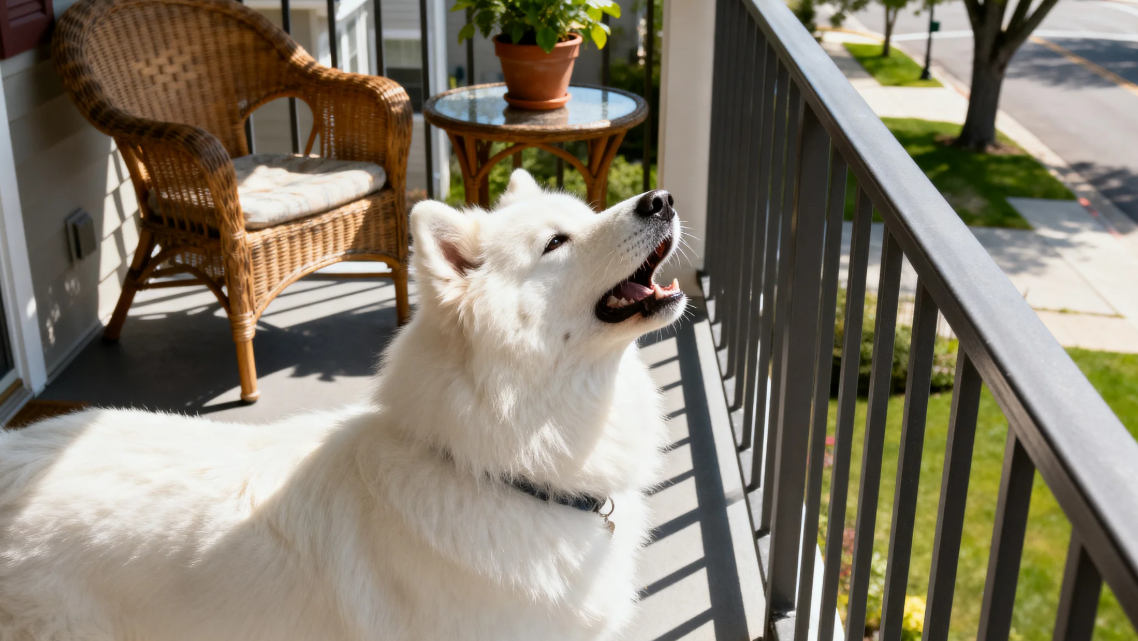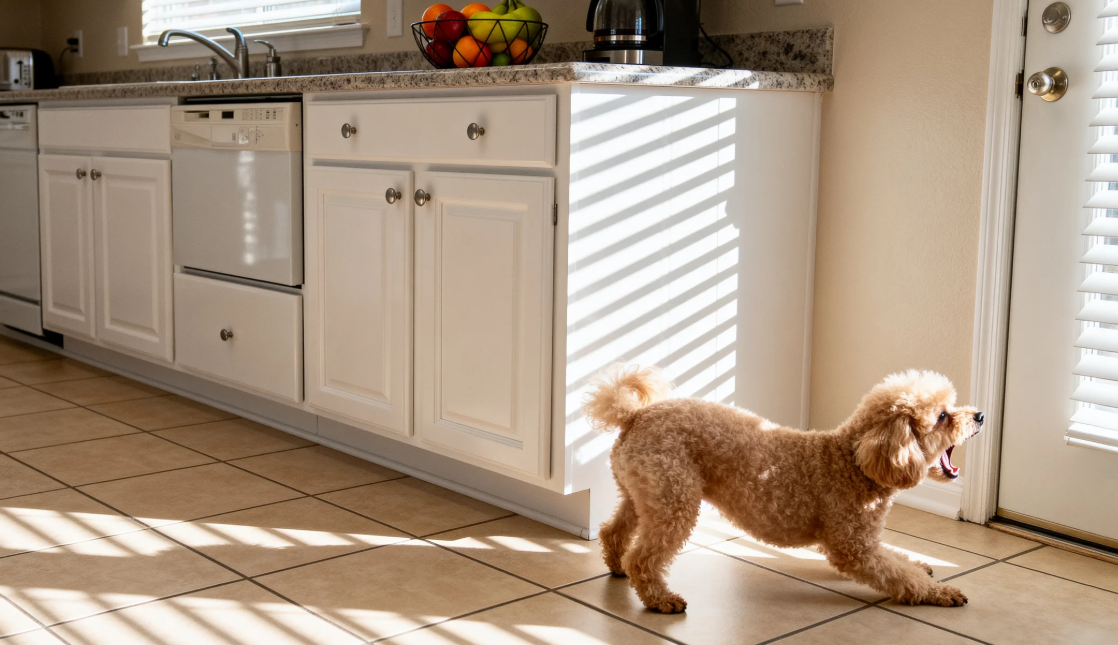Stop Excessive Barking can feel overwhelming when your dog seems to bark at everything — the mail carrier 📬, a doorbell 🔔, or even a leaf blowing by 🍃. But here’s some good news: barking is natural. It’s your dog’s way of communicating. The real goal isn’t to silence your dog. It’s to help them understand when to speak and when to stay quiet.
This guide explains how to stop excessive barking using gentle, effective methods. You’ll learn why dogs bark, how to manage it, and how to strengthen your bond along the way.

Before solving the problem, it’s important to understand why your dog barks. Each reason calls for a different approach.
Some barking is healthy. But it becomes excessive when it lasts too long or happens too often. You may notice:
If this sounds familiar, don’t worry. With consistent effort, you can stop excessive barking and restore peace at home.
Before you train, create an environment where your dog can learn calmly.
Tired dogs bark less. Walk your dog daily, play fetch, or use puzzle toys. A tired mind and body lead to quiet behavior.
Close blinds to block outdoor triggers. Play soft background sounds to mask noises. In addition, give your dog a cozy “quiet spot” to relax.
Many owners reward barking without realizing it. For example, if your dog barks and you immediately pet or speak to them, they learn barking brings attention. Wait for silence, then praise or give a treat.

Now it’s time to teach your dog how to stay quiet. Use short, clear lessons and plenty of encouragement.
Steps:
With consistency, your dog will link “Quiet” with calm silence.
Training works best when your dog feels safe and loved. A secure bond reduces anxiety and builds confidence.
Spend quiet time with your dog every day. Sit beside them, breathe calmly, and let them relax near you. This simple moment helps them feel grounded. Therefore, they bark less out of stress.
Dogs don’t want to “misbehave.” Often, they’re trying to communicate something. When you respond with patience, they learn faster and trust deeper.
| Situation | What You Can Do |
|---|---|
| Barking at guests 👥 | Practice “quiet” before opening the door. Reward calm behavior. |
| Barking when alone 🏠 | Start with short absences. Leave toys or treat puzzles. |
| Barking at other dogs 🐶 | Increase distance and redirect focus with a command. |
| Barking at night 🌃 | Give exercise before bed and ensure comfort. |
Each dog is unique. Therefore, adjust methods based on your dog’s personality and needs.
If your dog’s barking continues after several weeks of training, seek professional support. Certified dog trainers or veterinary behaviorists can identify deep-rooted causes.
Avoid punishment-based training. Fear may silence barking temporarily, but it damages trust and can cause aggression.
When you understand your dog’s needs, you don’t just stop excessive barking — you create a happier, more balanced companion. 🐶❤️
One Response